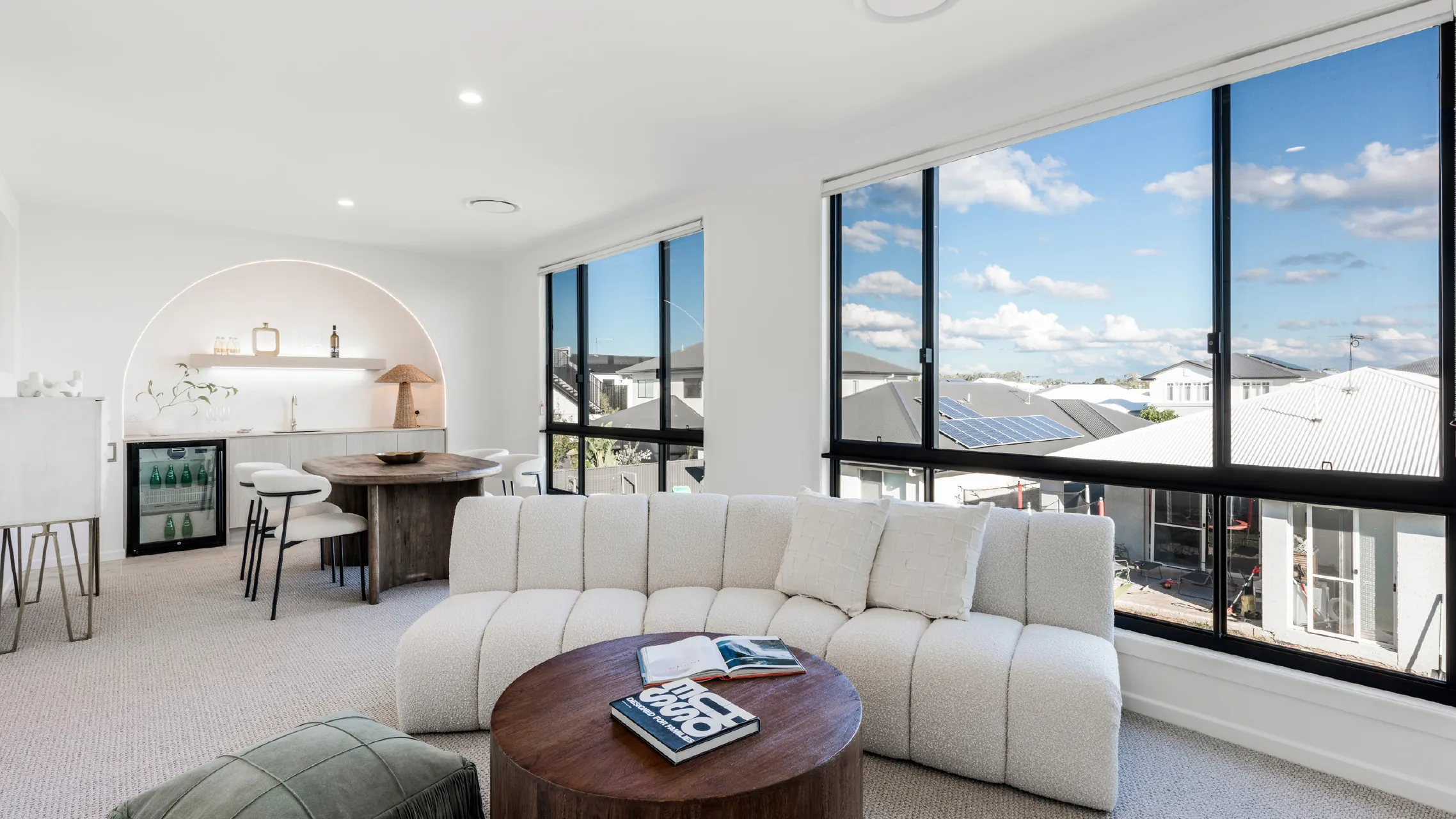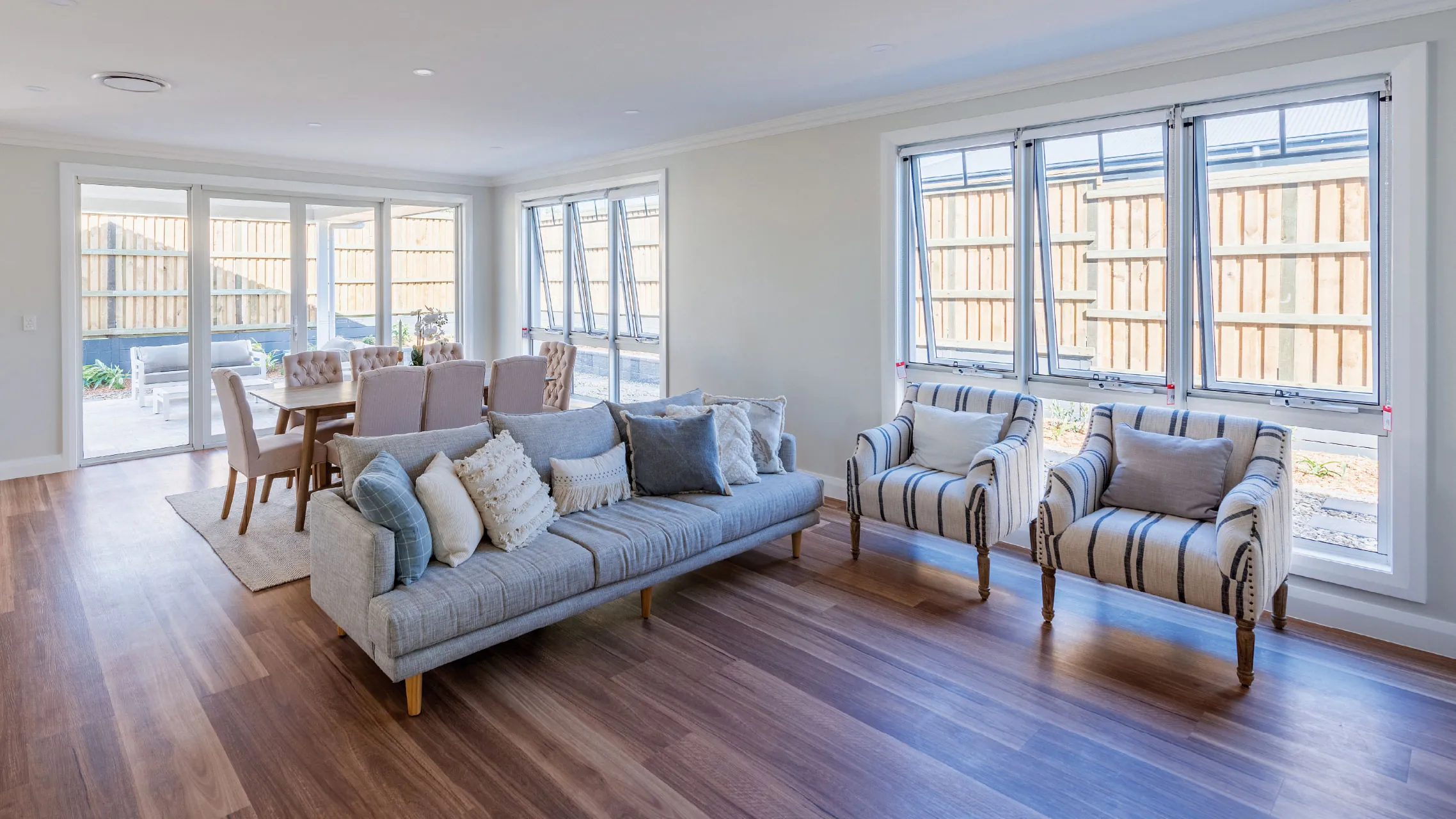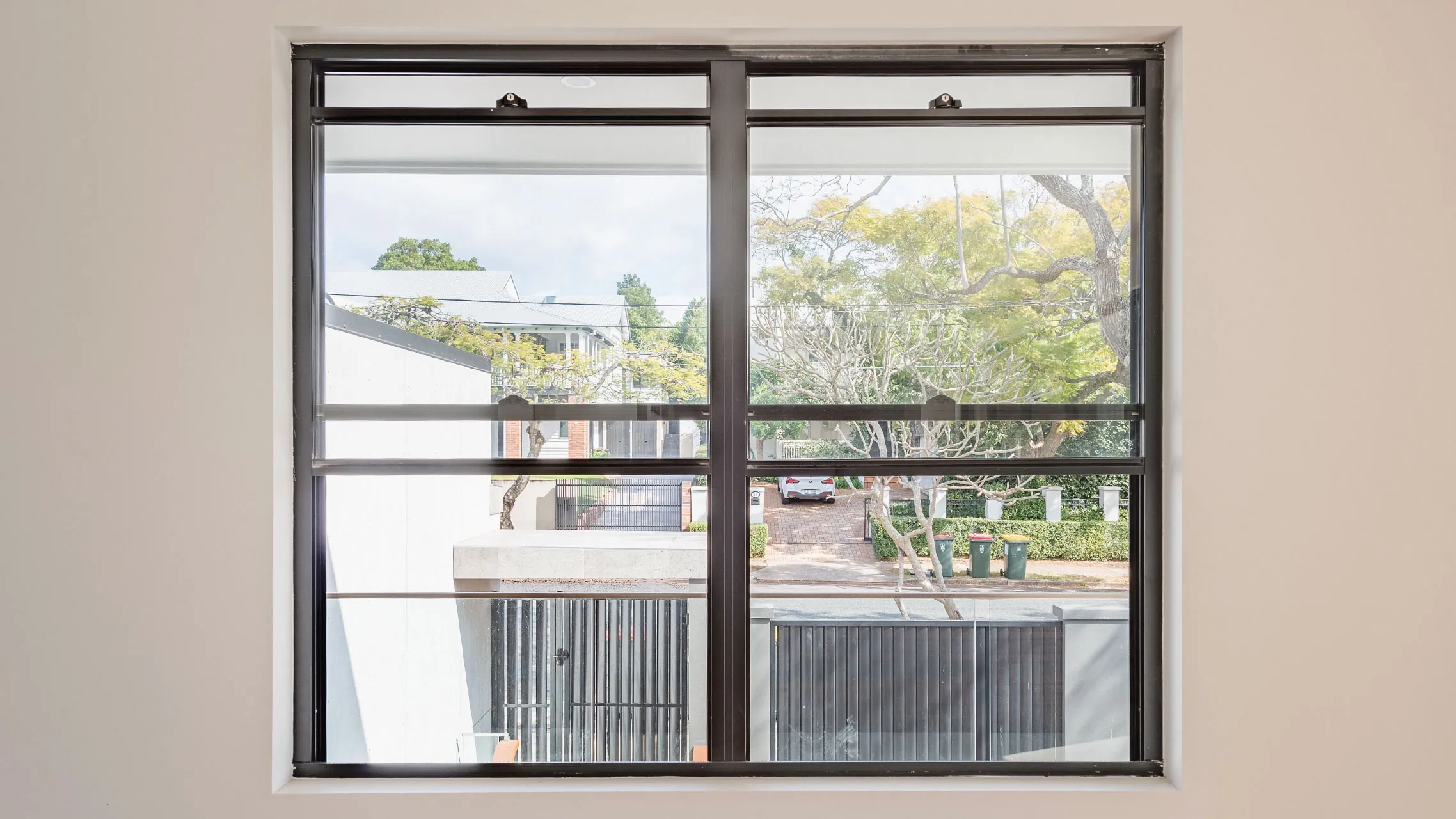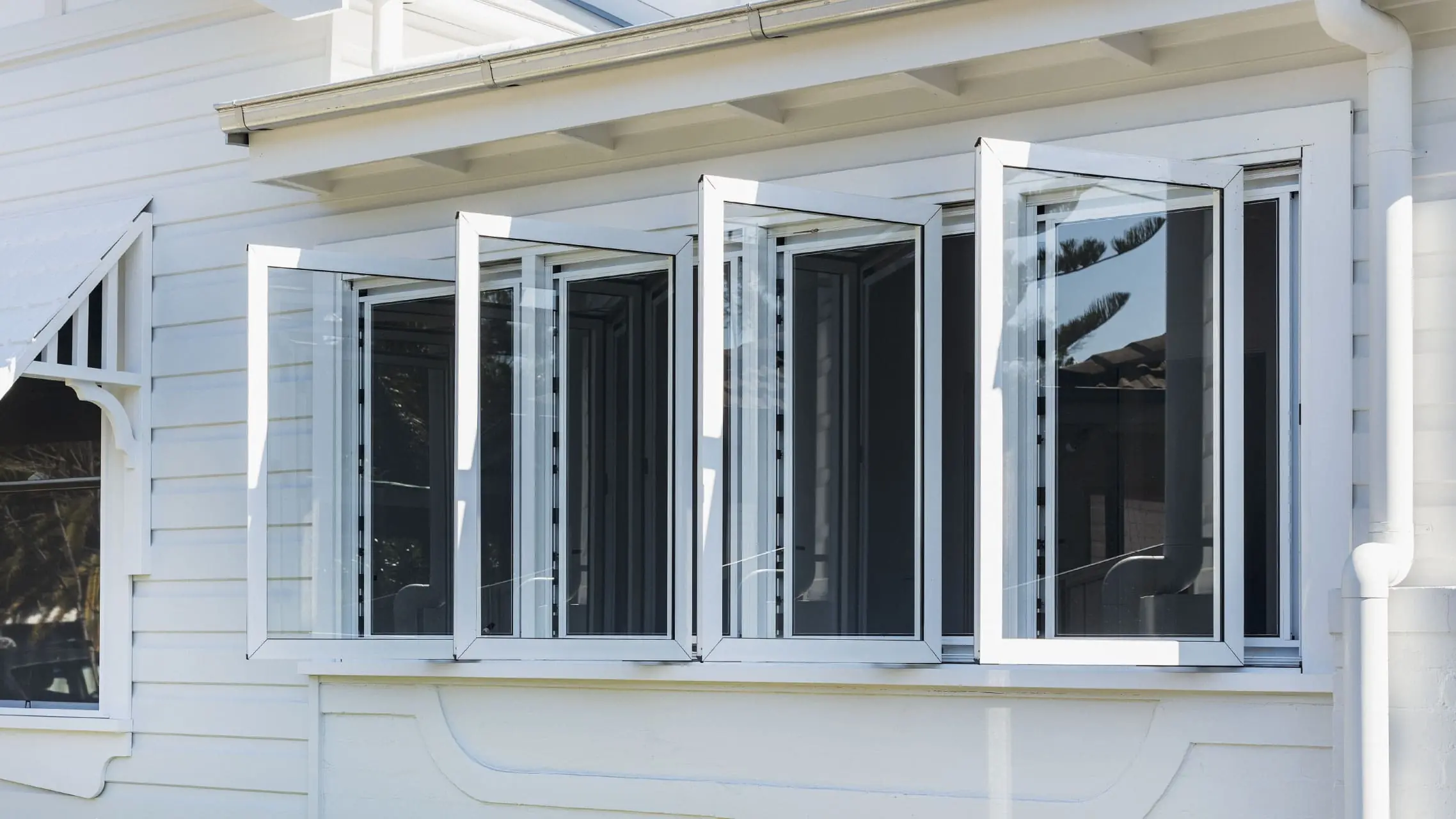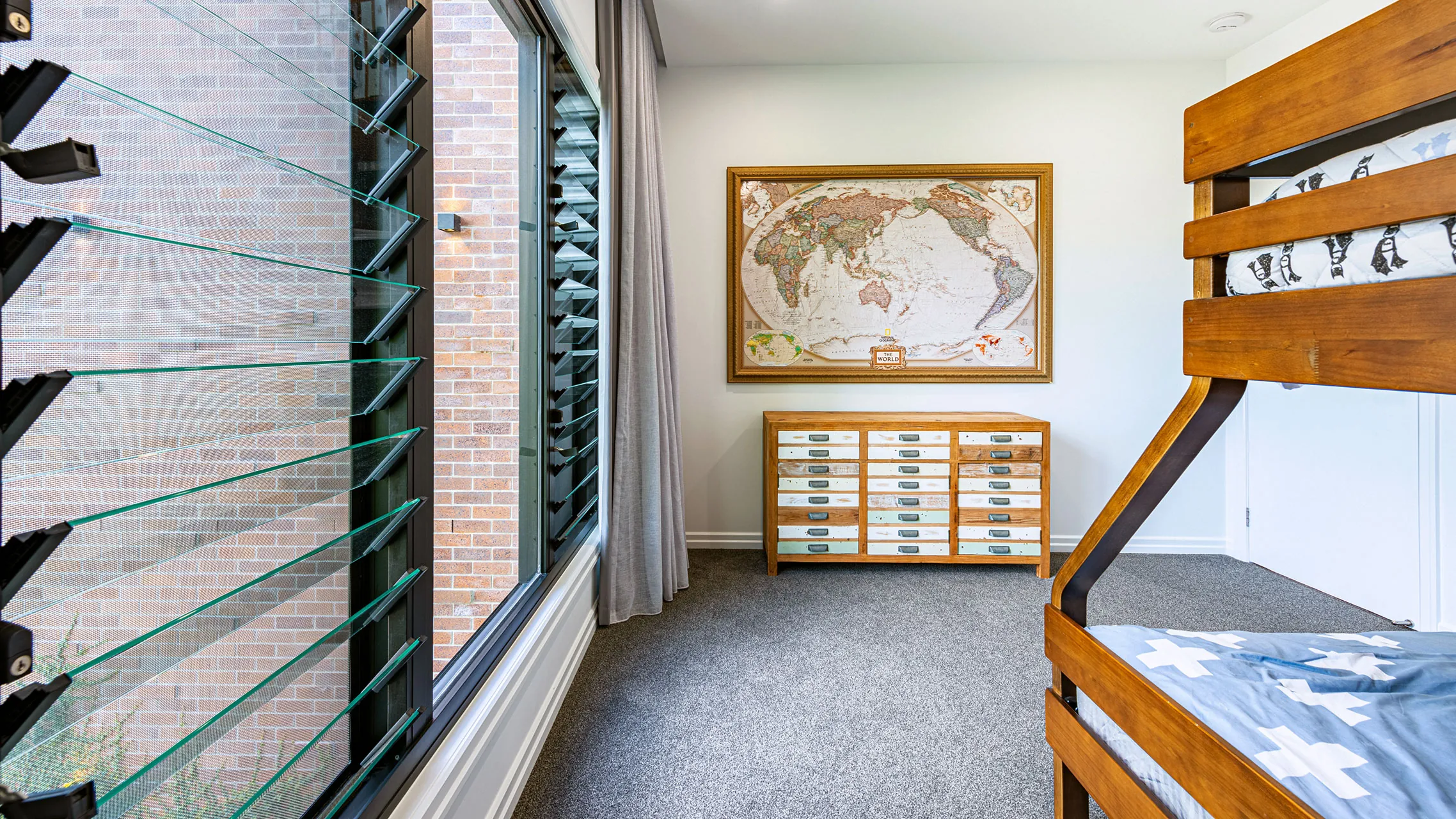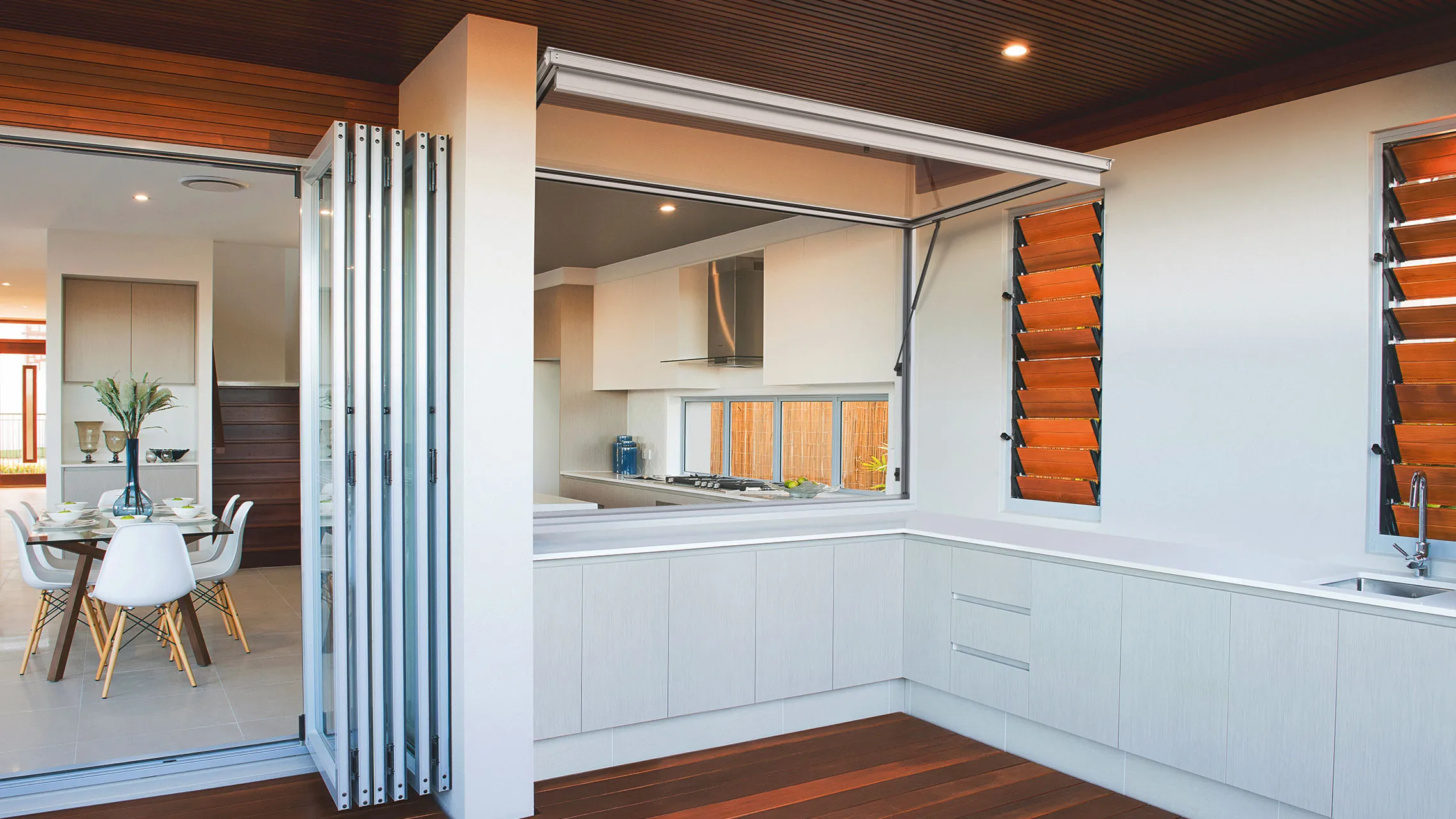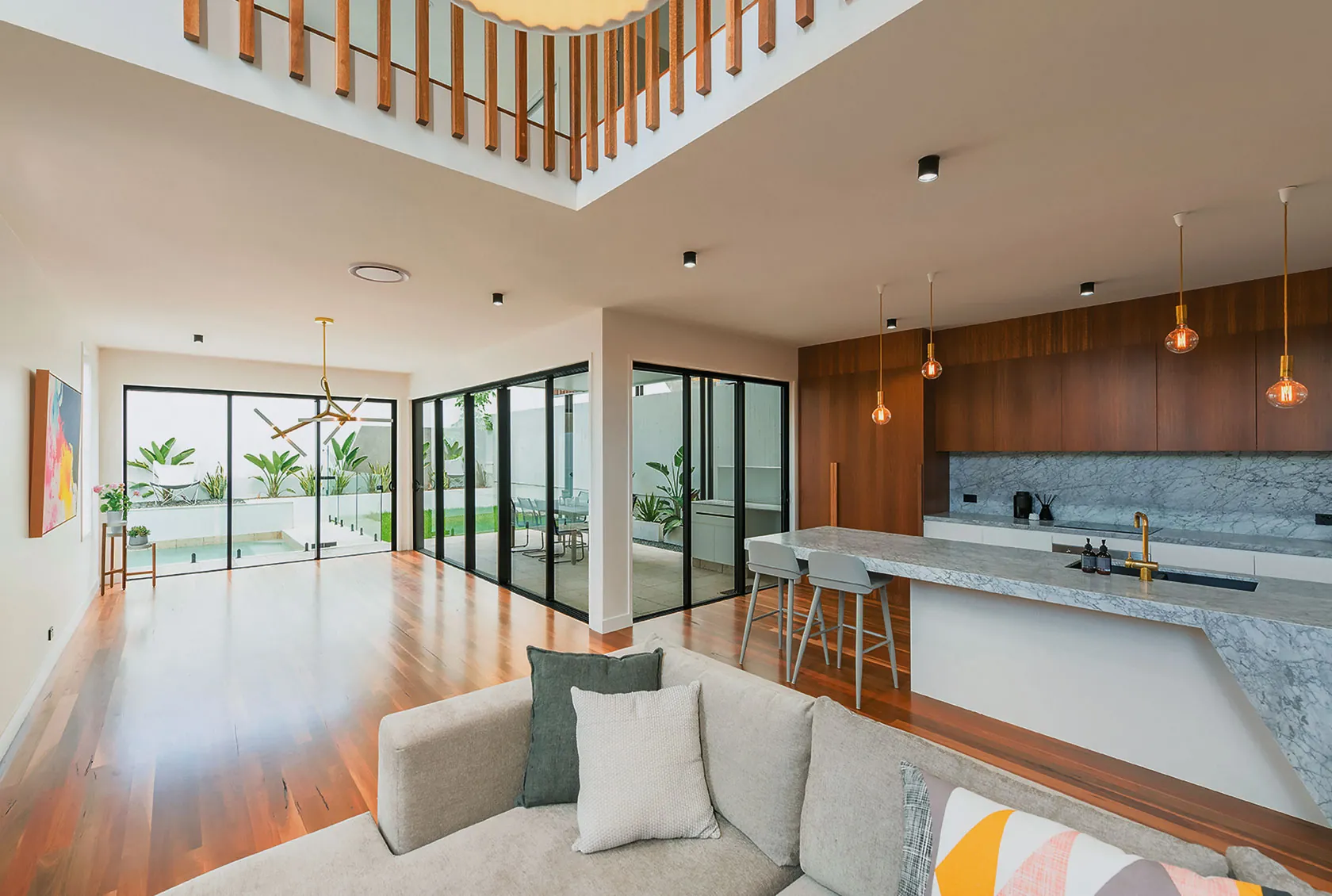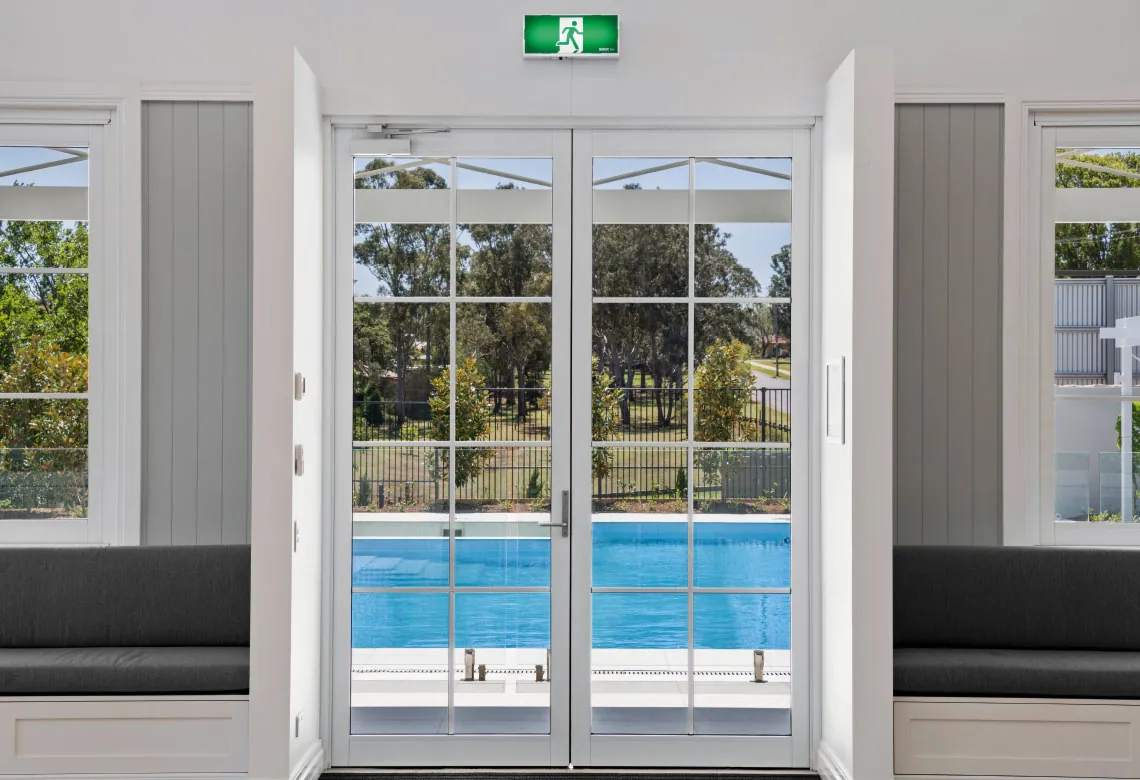WHAT ARE THE EFFECTS OF POOR VENTILATION?
Poor ventilation doesn’t just lead to stuffy air, lingering odors, and low oxygen levels – it can seriously impact your health if left unaddressed. Without proper airflow, carbon dioxide can build up, and over time, the lack of ventilation can cause harmful condensation and mould growth. This can trigger health issues like asthma, eczema, and even damage to the nervous system.
Inadequate ventilation can also damage your home. Excess moisture can ruin insulation, peel paint, warp wallpaper, and even cause wood to rot. And while solutions like dehumidifiers, air conditioning, or heavy-duty exhaust fans might seem like quick fixes, they often come with a steep energy cost – leading to sky-high electricity bills.
WHAT IS THE BEST WAY TO VENTILATE A HOUSE?
Increased efforts of ventilation, particularly in rooms such as the kitchen and bathroom, are a necessity in a modern home.
For most, this would look like ventilation fans, ceiling fans, and of course, doors and windows, that work to reduce the quantity of stagnant air during periods of increased humidity and smoke.
HOW CAN I VENTILATE MY HOUSE NATURALLY?
The best part about having strategically placed windows? Free natural ventilation!
To create the most efficient airflow in your home, the key is designing unobstructed breeze paths that align with your local climate, landscape, and location. Think about the time of day when the strongest, coolest breezes are likely to flow through your home. By planning window and entryway placement around these natural wind patterns, you can ensure a steady breeze flows through each room while also redirecting gusty winds.
Another crucial factor is air pressure. Windows placed on adjacent or opposite sides of a room can create stronger airflow, enabling cross-ventilation that keeps things fresh.
WHAT TYPES OF WINDOWS ARE BEST FOR VENTILATION?
The specific choice of window that is best suited for ventilation depends on your specific needs, preferences, and the room in question.
Sliding Windows
If you’re working with limited space, Sliding Windows are an excellent option. They offer a sleek, space-saving design, allowing you to open one-third to two-thirds of the window for optimal ventilation. Versatile and timeless, these windows can also be easily fitted with insect screens, security locks, and other features to enhance both functionality and safety.
Awning Windows
Much like Sliding Windows, Awning Windows work well in tight spaces. This selection provides controlled airflow while still allowing for protection from the elements, making them great for spaces that don’t need as much ventilation but still benefit from fresh air.
These windows can remain open during periods of wet weather, offering natural ventilation year-round while providing opportunities for added security and insect screens.
Gas Strut Windows
Bradnam’s Gas Strut Window is another trusted solution for enhancing ventilation, with its 89-degree opening providing plenty of airflow. It’s especially suited to areas like kitchens, where fresh air is key to creating a comfortable space.
Double Hung Windows
For those who want total control over ventilation, Double Hung Windows are the perfect choice. With the flexibility to open the top, bottom, or both sashes, you can easily adjust airflow to suit your needs, bringing in just the right amount of fresh air whenever you need it.
Like previous options, this selection can easily be fitted with security or insect screens – however, it’s worth noting that this can make cleaning a bit trickier, as some types of screens are not removable.
Casement Windows
Casement Windows provide exceptional ventilation, giving you complete control over the airflow entering your home. While traditional versions are hard to screen, Bradnam’s Signature Lockbar Casement Window offers a secure, screenable option, combining modern features with classic appeal.
Louvre Windows
Louvre Windows are designed to maximize airflow and provide control over harsh winds. With the ability to open up to 95%, they offer excellent ventilation, and their adjustable angles allow you to direct airflow as needed. While second-storey Louvre Windows have restricted openings for safety, they still ensure plenty of ventilation throughout your home.
MAKING INFORMED CHOICES
Choosing the right windows is an important decision that should be made in collaboration with your architect, builder, or one of our expert consultants.
Now that you’re familiar with the various window options and their ventilation benefits, we hope you’re ready to make more informed choices for your home!

